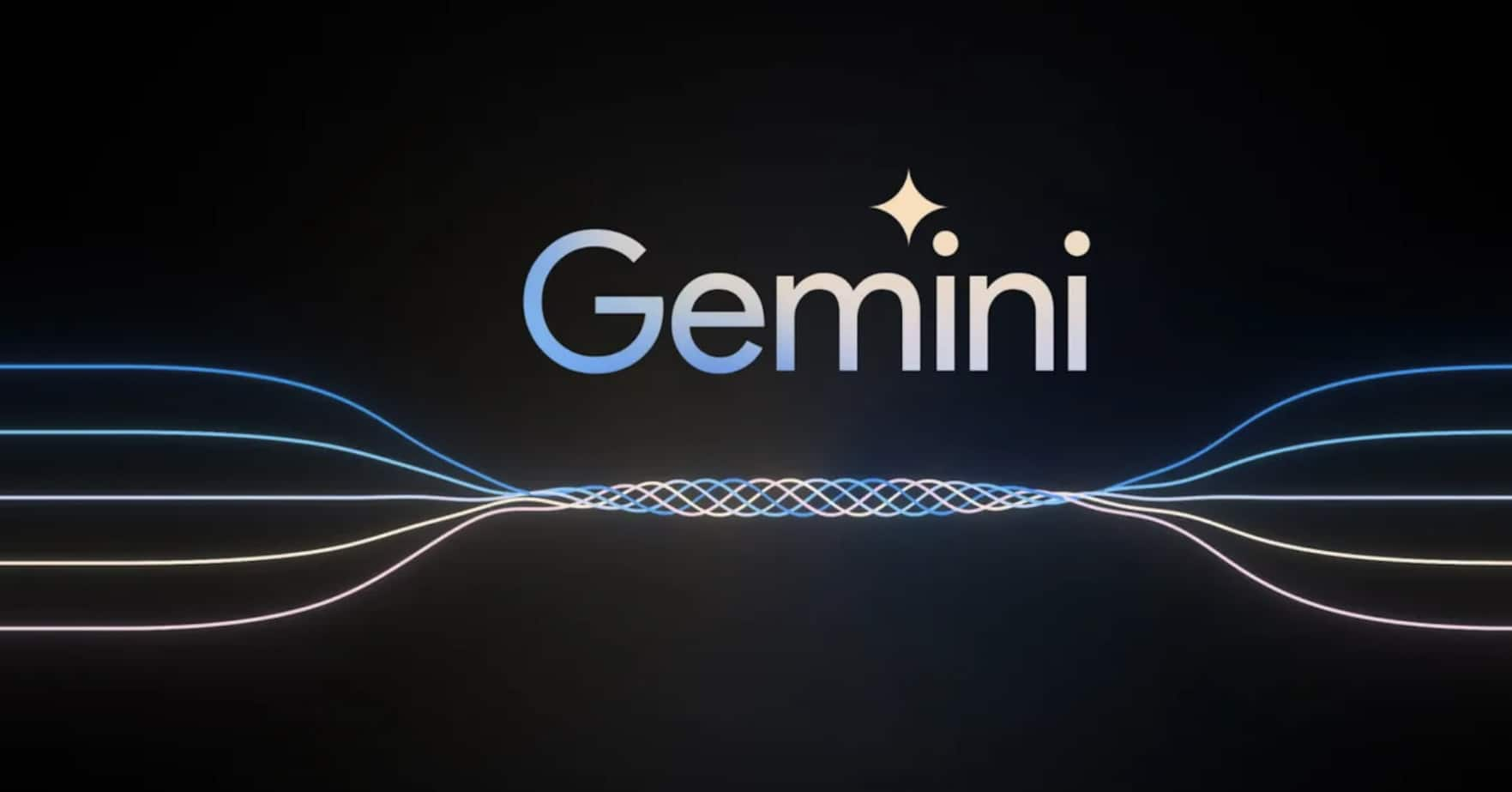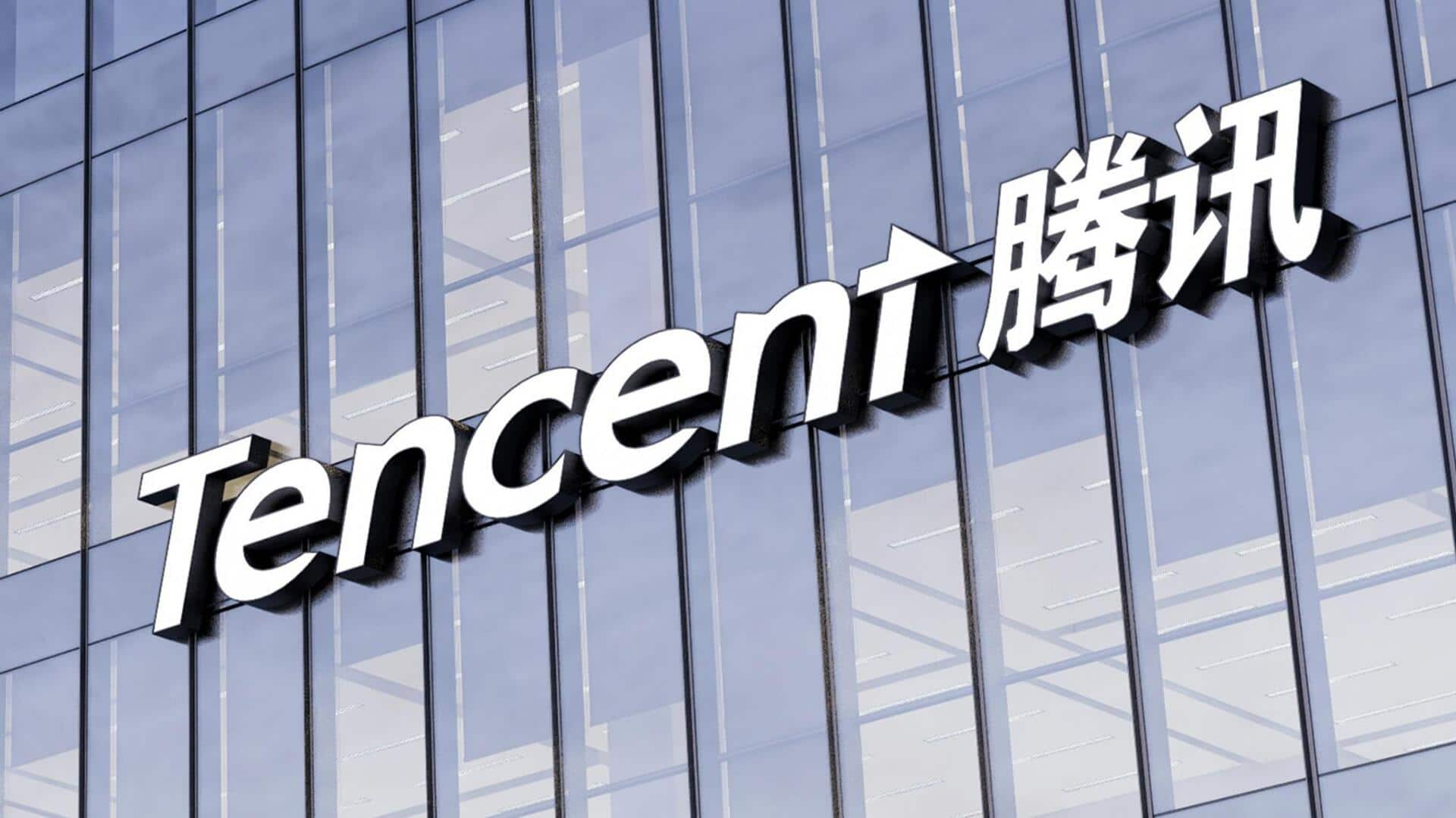AI's Global Push: Funding Surges, Talent Realignments, and the Creative Consumer Tech Wave
Author: Editorial Team

AI's global push is unfolding across a spectrum of forces: burgeoning venture capital and strategic corporate investments, a regulatory glare sharpening around consumer AI and safety, and a wave of talent movements that cross borders with increasing ease. This week’s technology news illustrates a landscape where capital, policy and culture converge to shape not just product roadmaps but also access and equity in AI-enabled capabilities. In Europe, North America, Africa and Asia, startups and incumbents alike are racing to translate breakthroughs into practical applications—from mental health platforms to consumer electronics, from 3D figurines generated by AI to enterprise-grade automation that promises to reshape workplaces. The pulse of the narrative is not a single headline but a pattern: significant funding rounds signaling confidence, leadership reshuffles pointing to strategic pivots, and regulatory conversations that could either accelerate safe adoption or constrain experimentation. As the week closes, the thread that ties these threads together is a common question: who gets to decide how intelligent systems augment human tasks, and at what cost to privacy, safety, and opportunity?
Take the funding front. Claret Capital closed a second €350 million fund to back AI-powered startups and growth-stage ventures, a move that underscores investor confidence in Europe’s AI ecosystem. It sits alongside Vireo Ventures’ €50 million close, and Unmind’s €22 million round aimed at scaling a platform that uses data and behavioral science to improve workplace mental health. Together they sketch a map of three converging dynamics: first, a willingness to back early-stage ideas that deploy AI to address real-world pain points; second, appetite for scale and enterprise-grade solutions that need robust data infrastructure and governance; and third, an ongoing interest in responsible, human-centric AI that emphasizes employee well‑being and productivity rather than purely consumer hype. Investors are increasingly looking for ventures that can blend technical novelty with scalable customer outcomes, and that means more funding for niche sectors like mental health tech, regulatory tech, and AI-enabled manufacturing.
Policy and regulatory developments are never far from investor and inventor conversations, and this week yields multiple signals. In the United States, the Federal Trade Commission has launched inquiries into the safety of AI companions marketed to children and teenagers, highlighting concerns about data collection, manipulation, and the potential for social harm. The focus is not only on the technologic capability but on the ecosystem around it—how apps are marketed, what information is collected, how consent is obtained, and whether safeguards exist for vulnerable users. In parallel, China’s AI ambitions continue to unfold with a talent strategy that includes high-profile moves such as Tencent’s reported hiring of an OpenAI researcher, illustrating how major players are racing to recruit top minds. The net effect, for developers and startups, is a double-edged sword: strong incentives to innovate and a growing imperative to embed safety, privacy and transparency by design.
Talent dynamics are at the center of corporate strategy. The week’s reporting on xAI, Elon Musk’s AI venture, is a case in point: internal communications indicate layoffs of at least 500 workers from the data annotation team as the company pivots toward specialist roles aimed at accelerating its Grok chatbot. Another facet of talent competition is the cross-border mobility of researchers and engineers, with firms seeking AI tutors, data scientists, and machine learning engineers who can navigate complex product ecosystems. For large players and startups alike, talent strategy now includes not simply who can build algorithms, but who can craft governance practices, implement robust data labeling standards, and ensure interpretability and safety in deployed systems. In a market that prizes speed, firms are balancing aggressive hiring with disciplined risk management to prevent missteps that could trigger regulatory penalties or public backlash.
On the product and consumer side, this week’s tech launches reflect how AI and advanced sensing are seeping into everyday devices. The Hans India highlighted a slate of devices in the market—from Samsung Galaxy F17 and Nikon ZR to Acer Nitro V15—showcasing how the line between processor-driven performance and AI-powered features continues to blur. In consumer devices, AI manifests as smarter cameras, on-device inference for faster responses, and improved gaming performance. The iPhone 17 discourse—Price and offers in India—also underscores how premium smartphones are now marketed as AI-enabled personal assistants with on-device AI acceleration for photography, captions, and predictive text. This consumer-centric momentum not only fuels demand for hardware but also drives the development of software ecosystems, app stores, and services designed around intelligent features, from photography enhancements to health tracking and privacy controls.
Funding roundup: Claret Capital’s €350M second close, Vireo Ventures’ €50M, and Unmind’s €22M highlight a wave of AI-centric rounds.
Dominant AI-driven consumer trends are expanding beyond traditional markets into playful, creative corners of the internet. The so-called Nano Banana trend—fuelled by Google Gemini’s AI capabilities—promises to transform ordinary photos into collectible, 3D figurines. Tech outlets in India and elsewhere described how Gemini’s Nano Banana model can generate highly stylized figurine renders from user photos, ready for 3D printing or digital collection. This rapid consumerization of AI art challenges traditional notions of creativity and authorship, while also raising questions about licensing, consent, and the environmental footprint of mass 3D printing. This trend’s momentum underscores how accessible AI tools are becoming, turning hobbyist creativity into potential small-business opportunities for independent artists and designers.

Gemini Nano Banana: AI-driven 3D figurine creation from a simple photo.
Behind the headlines of funding rounds and gadgets lies a more fundamental, often overlooked issue: who gets to participate in AI’s promised future. A Nation article on Kenya highlights patriarchy and connectivity as a roadblock to women’s participation in AI, a reminder that the benefits of AI’s productivity gains may widen existing inequalities if social and infrastructure barriers are not addressed. The piece emphasizes that representation matters—when fewer voices shape the design and governance of AI systems, the outcomes may omit safety considerations, accessibility, and cultural relevance. Bridging this gap requires multi-pronged strategies: expanding broadband access, promoting STEM education among girls and young women, creating mentorship networks, and ensuring that regulations protect privacy while encouraging inclusive innovation. This local lens complements global narratives about AI, offering a sober reminder that the future of AI must be inclusive to be sustainable.
Global talent mobility intersects with corporate strategy in one more notable way: major tech groups are actively courting high-skilled researchers from premier labs. The Newsbytes report that Tencent hired a top OpenAI researcher in China’s intensified AI competition underscores how talent flows shape corporate trajectories and country-level AI ambitions. The move signals a broader pattern in which talent, not just capital, determines who wins in the race to build more capable, more reliable, and more user-friendly AI systems. For startups and established firms, this means cultivating an environment that can attract and retain top researchers—through competitive compensation, ambitious research agendas, supportive IP frameworks, and a culture of responsible innovation. The practical upshot is a more global, interconnected AI ecosystem where breakthroughs circulate quickly and cross-border collaboration grows more common.
Safety, accountability, and consumer protection will continue to frame AI’s adoption curve. In addition to regulatory scrutiny of AI companions, questions about the safe use of AI in everyday life extend to entertainment and content creation tools. The FTC’s actions, the OpenAI and Meta ecosystems, and a growing chorus of consumer-rights advocates push for clearer disclosures, better consent mechanisms, and explicit safety features built into AI products. The collective effect is to push developers toward standards that promote transparency—such as model cards, robust red-teaming, and user controls for data sharing and personalization. For consumers, the upshot is not simply more powerful tools, but a more trustworthy AI environment where privacy is respected and risks are mitigated. The balance between innovation and oversight will define the next phase of AI’s mainstream acceptance.
Looking ahead, the AI industry stands at a pivotal juncture where capital, policy, talent, and culture will co-create the next wave of capabilities. The week’s developments reveal a dynamic ecosystem in which large funds back AI-focused ventures, leading technology firms adjust their talent strategies, regulators seek to inoculate markets against safety and privacy risks, and consumers drive demand for intelligent devices and creative tools. If the industry can align incentives for responsible innovation—embedding safety and fairness in design, ensuring diverse voices shape product development, and providing transparent user experiences—AI’s potential to raise productivity, unlock new business models, and broaden creative horizons could be realized more quickly and more inclusively. The coming months will test whether the momentum can be sustained, and whether the promise of AI remains both extraordinary and equitable.

Tencent hires OpenAI researcher as part of a broader AI talent strategy in China.
This closing note reiterates that AI’s expansion is not just about clever algorithms; it hinges on governance, inclusion, user empowerment, and resilient ecosystems. As capital races to fund ambitious applications and as regulatory bodies calibrate safeguards, the industry must stay vigilant about the social implications of automation, bias, and surveillance. The consumer is no longer a distant observer but an active participant in shaping how AI tools are integrated into daily life—from photography, gaming, and health to education and the workplace. If developers and policymakers pursue a shared agenda of safety, fairness and transparency, AI’s journey could be as much about expanding opportunity as it is about demonstrations of technical prowess.